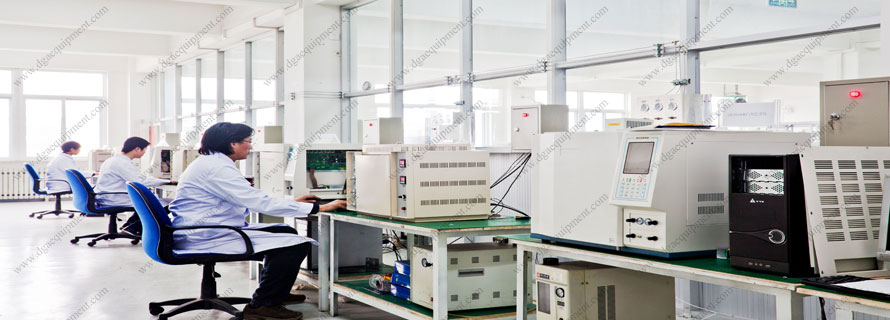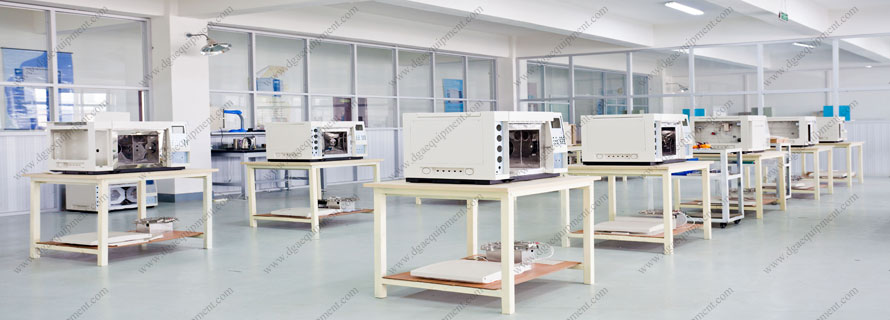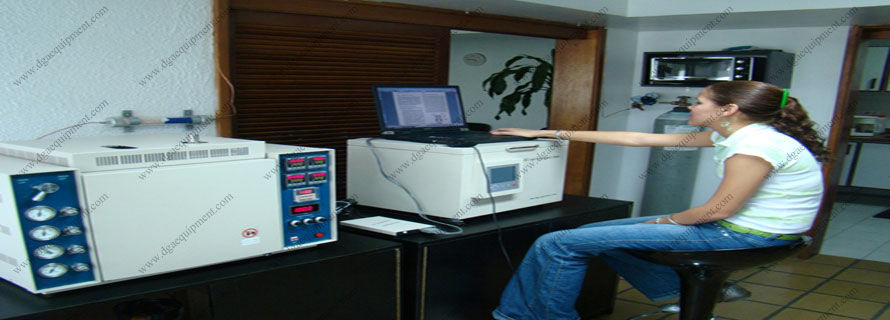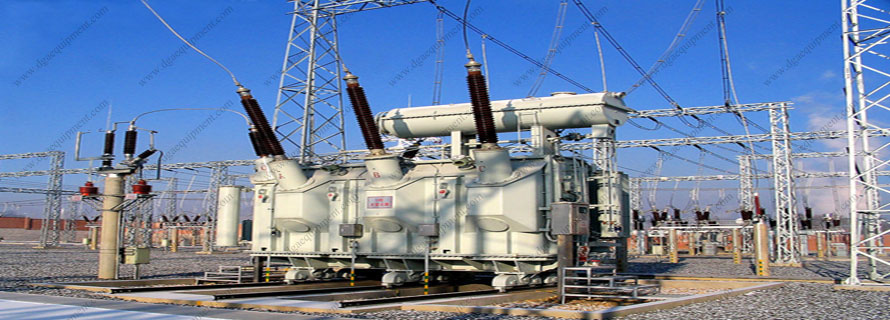5. Apparatus
5.1 Filter Stick and Assembly, consisting of a 10-mm diameter sintered glass filter stick of 10 to 15 µm maximum pore diameter as determined by the method in Appendix X1, provided with an air pressure inlet tube and delivery nozzle. It is provided with a ground-glass joint to fit a 25 by 170-mm test tube. The dimensions for a suitable filtration assembly are shown in Fig.1.
NOTE 2 - A metallic filter stick may be employed if desired. A filter stick made of stainless steel and having a 12.7–mm (1/2-in.) disk of 10 to 15µm maximum pore diameter, as determine by Test Method E 128, has been found to be satisfactory.7 The metallic apparatus is inserted into a 25 by 150–mm test tube and held in place by means of a cork.
5.2 Cooling Bath, consisting of an insulated box with 25.4 mm (1-in.) holes in the center to accommodate any desired number of test tubes. The bath may be filled with a suitable medium such as kerosine, and may be cooled by circulating a refrigerant through coils, or by using solid carbon dioxide. A suitable cooling bath to accommodate three test tubes is shown in Fig. 2.
5.3 Pipet, or equivalent dispensing device capable of delivering 1 +/- 0.05 g of molten wax.
5.4 Transfer Pipet, or equivalent volume dispensing device, capable of delivering 15 +/- 0.06 mL.
5.5 Air Pressure Regulator, designed to supply air to the filtration assembly (8.5) at the volume and pressure required to give an even flow of filtrate. Either the conventional pressure-reducing valve or a mercury bubbler-type regulator has been found satisfactory. The latter type, illustrated in Fig.3, consists of a 250-mL glass cylinder and a T-tube held in the cylinder by means of a rubber stopper grooved at the sides to permit the escape of excess air. The volume and pressure of the air supplied to the filtration assembly is regulated by the depth to which the T-tube is immersed in mercury at the bottom of the cylinder. Absorbent cotton placed in the spaced above the mercury prevents the loss of mercury by spattering. The air pressure regulatory is connected to the filter stick and assembly by means of rubber tubing.
5.6 Thermometer, having a range as shown below and conforming to the requirements as prescribed in Specification E 1, or in the Specification for IP Standard Thermometers.

5.7 Weighing Bottles, conical in shape and glass-stoppered, having a capacity of 15 mL.
5.8 Evaporation Assembly, consisting of an evaporating cabinet and connections, essentially as illustrated in Fig. 4, and capable of maintaining a temperature of 35 +/- 1°C (95 +/- 2°F) around the evaporation flask. Construct the jets with an inside diameter of 4 +/- 0.2 mm for delivering a stream of clean, dry air vertically downward into the weighing bottle. Support each jet so that the tip is 15 +/- 5 mm above the surface of the liquid at the start of the evaporation. Supply air at the rate of 2 to 3 L/min per jet, purified by passage through a tube of 10-mm bore packed loosely to a height of 200 mm with absorbent cotton. Periodically check the cleanliness of the air by evaporating 4 mL of methyl ethyl ketone by the procedure specified in 7.5. When the residue does not exceed 0.1 mg, the evaporation equipment is operating satisfactorily.
5.9 Analytical Balance, capable of reproducing weights to 0.1 mg. The sensitivity should be adjusted so that 0.1 mg will deflect the pointer one half division on the pointer scale.
5.10 Wire Stirrer - A piece of stiff wire, made of iron, stainless steel, or Nichrome wire of about No. 20 B & S (0.9 mm in diameter) or 16 swg gage, 250 mm long. A 10-mm diameter loop is formed at each end, and the loop at the bottom end is bent so that the plane of the loop is perpendicular to the wire.
6. Reagents
6.1 Methyl Ethyl Ketone, conforming to Specifications D740, having a refractive index 20°C (68°F) of 1.378 +/- 0.002 as determined in accordance with Test Method D1218 or conforming to the following specifications:
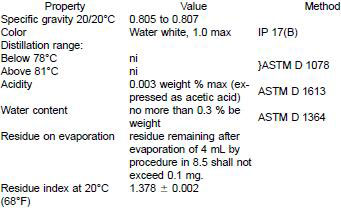
6.2 Store the solvent over anhydrous calcium sulfate (5 weight % of the solvent). Filter prior to use.
7. Sample
7.1 If the sample of wax is 1 kg (2 lb) or less, obtain a representative portion by melting the entire sample and stirring thoroughly. For samples over 1 kg (2 lb), exercise special care to ensure obtaining a truly representative portion, bearing in mind that the oil may not be distributed uniformly throughout the sample, and that mechanical operations may express some of the oil.
